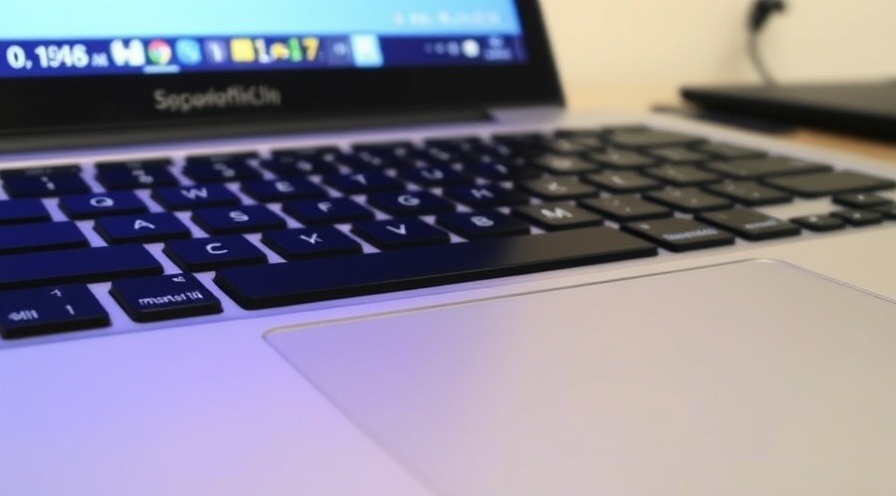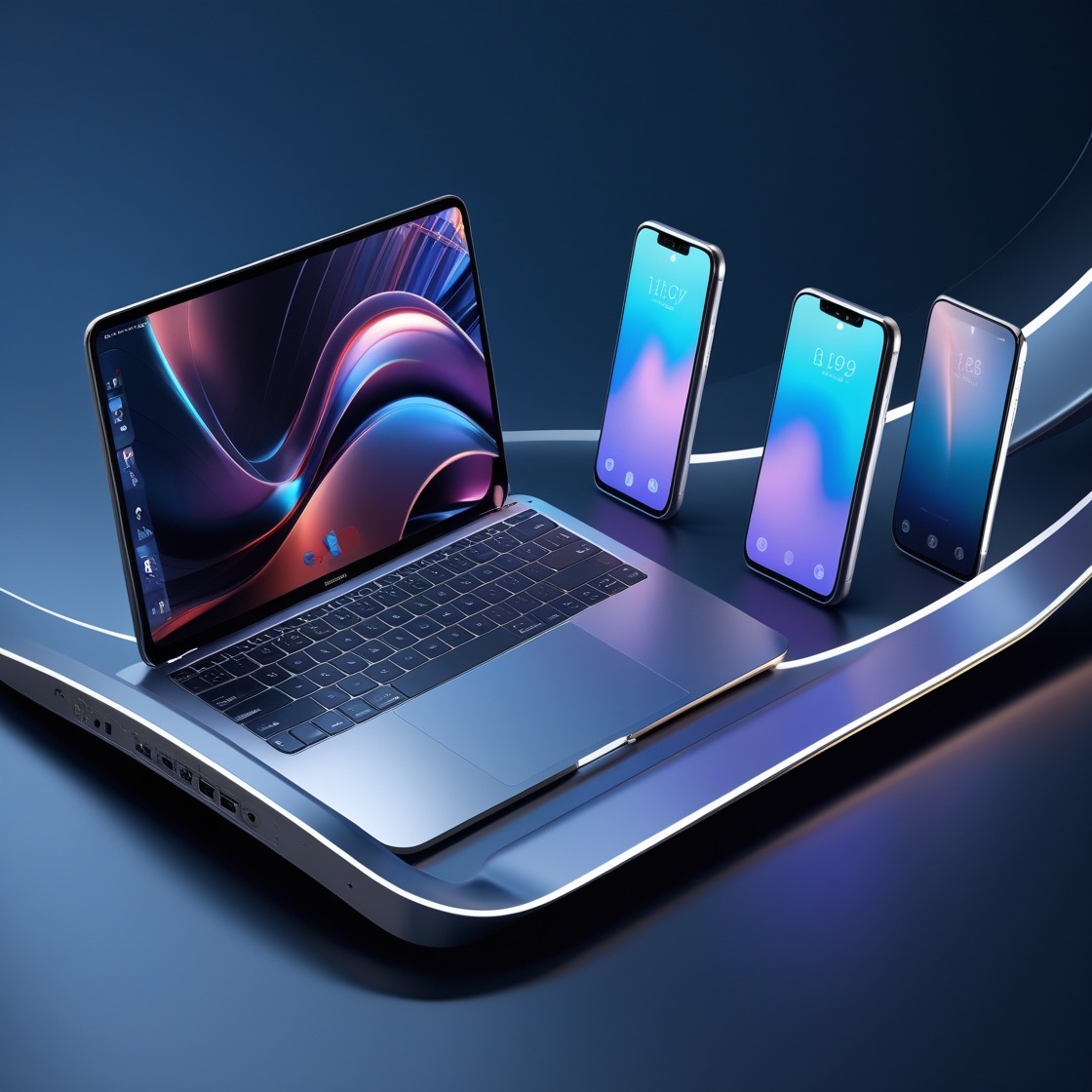
Laptop Lingo: A Guide to Understanding Your Portable Powerhouse
Laptops have become essential in our daily lives. But let's be real, they can also be a bit mysterious. Ever feel like you need a tech degree just to change the battery? Fear not! This friendly guide will demystify the inner workings of your trusty laptop.
Let's break down those common laptop components, explore some cool features, and empower you to handle basic troubleshooting like a pro.
Power Up: Batteries & Charging
Laptops are all about mobility, and that's where batteries come in. Most laptops use lithium-ion or lithium-ion polymer batteries - the same tech that powers your smartphone.
Modular batteries:
These are easy to swap out, perfect for long trips when you need extra juice. Imagine, no more scrambling for a power outlet mid-flight!
Internal batteries:
These reside inside the laptop case. Not as convenient to swap, but they often offer a sleeker design.
Side Note:
Even though lithium-ion batteries don't have the dreaded "memory effect" (remember those old nickel-cadmium batteries?), their capacity diminishes over time. After a few years, you might need a replacement to keep your laptop running strong.

Tapping Away: Keyboards
Ah, the keyboard - your gateway to the digital world. Laptop keyboards have come a long way, but their compact size can lead to some quirks.
Space-Saving Tricks:
Smaller laptops often use function keys for multiple actions and get creative with the layout. Don't be surprised to find the arrow keys tucked away in unexpected places!
External Keyboard Option:
If the built-in keyboard isn't your cup of tea, you can always connect an external one via USB. Problem solved!
Word to the Wise:
Laptop keycaps are delicate little things. Be gentle when cleaning or replacing them, and always consult the manufacturer's instructions. You don't want to accidentally break those tiny plastic bits!
Memory Lane: RAM and Storage
Think of your laptop's memory (RAM) as its short-term workspace. The more RAM, the more tasks your laptop can juggle smoothly. Storage, on the other hand, is where your files and programs live long-term.
RAM Upgrade:
Most laptops use SO-DIMMs (Small Outline Dual In-line Memory Modules), which are relatively easy to add or replace. Look for a small window or opening on the bottom of your laptop.
Soldered RAM Woes:
Some laptops have RAM soldered directly to the motherboard, making upgrades impossible. Not cool, laptop manufacturers, not cool!

Storage Showdown: HDD vs. SSD
Hard Disk Drives (HDDs):
These old-school spinning drives offer lots of storage for a lower price. But they're slower and more prone to damage.
Solid State Drives (SSDs):
These are the speed demons of the storage world, making your laptop boot up and load files in a flash. They're pricier, but the performance boost is well worth it.
Side Note:
You can often upgrade from an HDD to an SSD, giving your laptop a serious speed boost. Trust me, it's like getting a whole new laptop!
Wireless Wonders: Wi-Fi and Bluetooth
These days, wireless connectivity is a must-have. Most newer laptops have Wi-Fi and Bluetooth built right into the motherboard. But older laptops might use Mini PCI or Mini PCI Express cards, which are usually user-replaceable.
Tip: If your laptop has Mini PCI slots, you can even add a cellular card for internet access on the go. Freedom from Wi-Fi hotspots, here we come!
Security Squad: Biometrics
Tired of typing passwords? Many laptops now offer biometric authentication options like fingerprint scanners and facial recognition. Talk about futuristic!
Windows Hello:
Windows 10 and 11 have "Windows Hello," which lets you use your face or fingerprint to log in. No more sticky note passwords!
Multi-Factor Authentication:
For extra security, you can combine a password with a biometric method. It's like having a digital fortress around your laptop.

NFC: The Tap-and-Go Revolution
Near-field communication (NFC) is making its way from smartphones to laptops. This tech lets you transfer data or authenticate just by tapping your phone or watch to your laptop. Super convenient for quick logins, especially in shared work environments.
Final Thoughts
Understanding your laptop doesn't have to be a chore. Hopefully, this guide has shed some light on those common components and features. Now go on and conquer the digital world, armed with the knowledge to troubleshoot basic issues and even upgrade your laptop for peak performance. Happy computing!
Mike G.
IT Certification Jump
 Add Row
Add Row  Add
Add 



